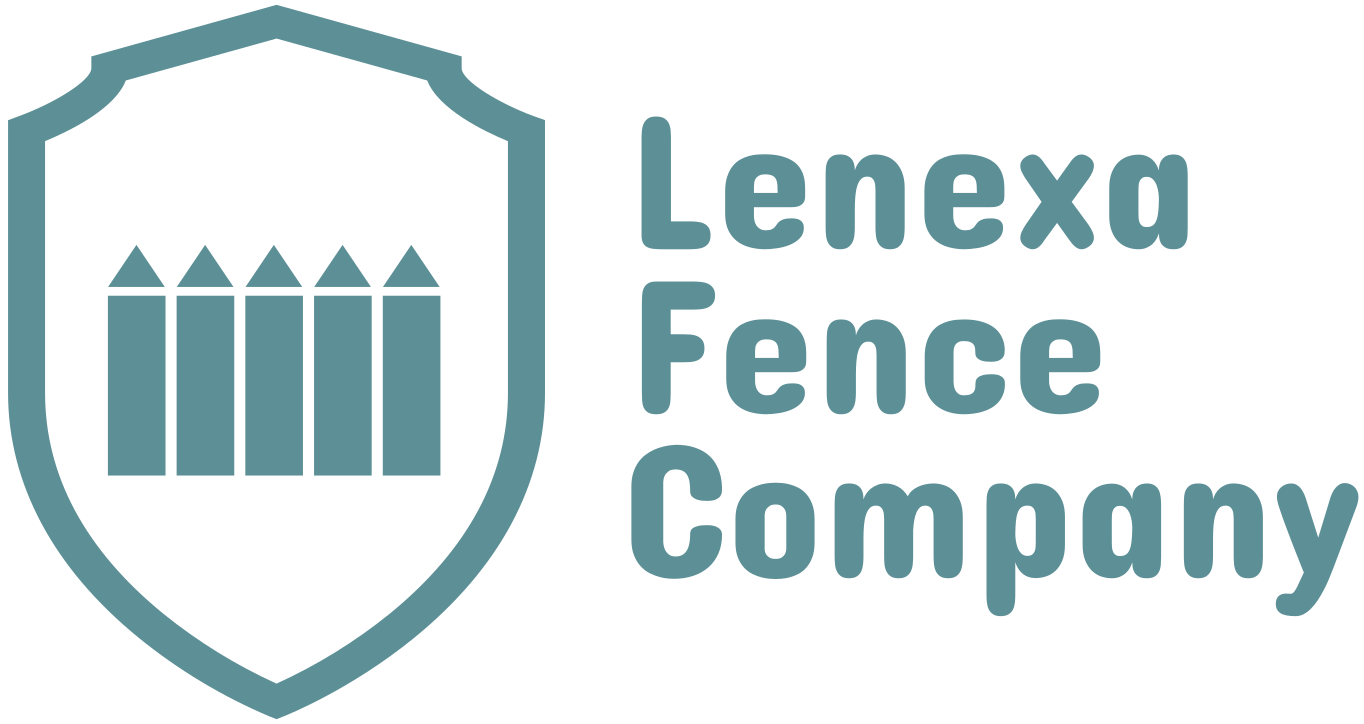Installing a fence, wall, or retaining wall on your property in Lenexa? You probably have some questions about the requirements, permits, and design standards. In this article, we answer some of the most frequently asked questions to help guide you through the process.

1. Do I need a permit to install a fence or retaining wall?
Yes, you need a permit to install a new or replacement fence, wall, or retaining wall. Your permit application should include a detailed, scaled plot plan that shows the proposed location, height, materials, and design, as well as the property lines and any structures or easements(fences-walls-retaining-…). However, some exceptions apply. For example, you won’t need a permit if you’re installing a decorative or agricultural fence, replacing less than 50% of a fence line, or if the retaining wall is less than four feet tall(fences-walls-retaining-…).
2. What materials are allowed for fences and retaining walls?
Lenexa permits the use of durable materials that can withstand outdoor conditions year-round. For fences, the approved materials include wood, aluminum, steel, wrought iron, PVC, chain-link (without slats), masonry, stone, and concrete(fences-walls-retaining-…). For retaining walls, common materials are masonry, stone, and concrete(fences-walls-retaining-…).
3. Are there specific height limits for fences and walls?
Yes, the maximum height for fences on residential properties is six feet, while non-residential properties allow fences up to 10 feet tall. Retaining walls less than four feet do not require a permit, but those over four feet must be engineered and can be up to 10 feet tall if designed in tiers(fences-walls-retaining-…). Additionally, decorative fences cannot exceed three feet in height.

4. Can I build a fence on my property’s boundary line?
Fences can be built on your side and rear property lines, but for front yards, the fence must be set back behind the front wall of the building(fences-walls-retaining-…). On corner lots, privacy fences and open-style fences taller than four feet must meet specific setback requirements to ensure visibility and safety(fences-walls-retaining-…).
5. Do fences need to have a finished side?
Yes, Lenexa requires that fences be installed with the finished side facing outward, meaning the side that looks best must face your neighbor or the public(fences-walls-retaining-…). This requirement can be waived in certain unique circumstances, such as if topography or vegetation block the view of the fence.
6. What are the rules for fences near swimming pools?
Fences surrounding swimming pools must comply with specific safety requirements. Pool enclosures must be at least six feet tall and built with safety in mind. For additional safety, Lenexa mandates that fences be placed around retaining walls that are near walkways and have a drop of 30 inches or more(fences-walls-retaining-…).

7. Are there restrictions on fences in easements?
Yes, building in easements requires approval from the relevant authority. Fences, walls, and retaining walls must allow access to utilities or drainage easements. In some cases, gates may be required to ensure accessibility(fences-walls-retaining-…). Fences within drainage easements must be open-style and have at least four inches of clearance between the bottom of the fence and the ground(fences-walls-retaining-…).
8. Can retaining walls be placed anywhere on my property?
Retaining walls can generally be placed anywhere on your property, but they must be set back at least two feet from property lines(fences-walls-retaining-…). If the wall is designed to retain more than 48 inches of unbalanced fill, it must be designed by a licensed engineer to ensure stability and safety(fences-walls-retaining-…). Additionally, retaining walls built near walkways may require a fence for safety.
